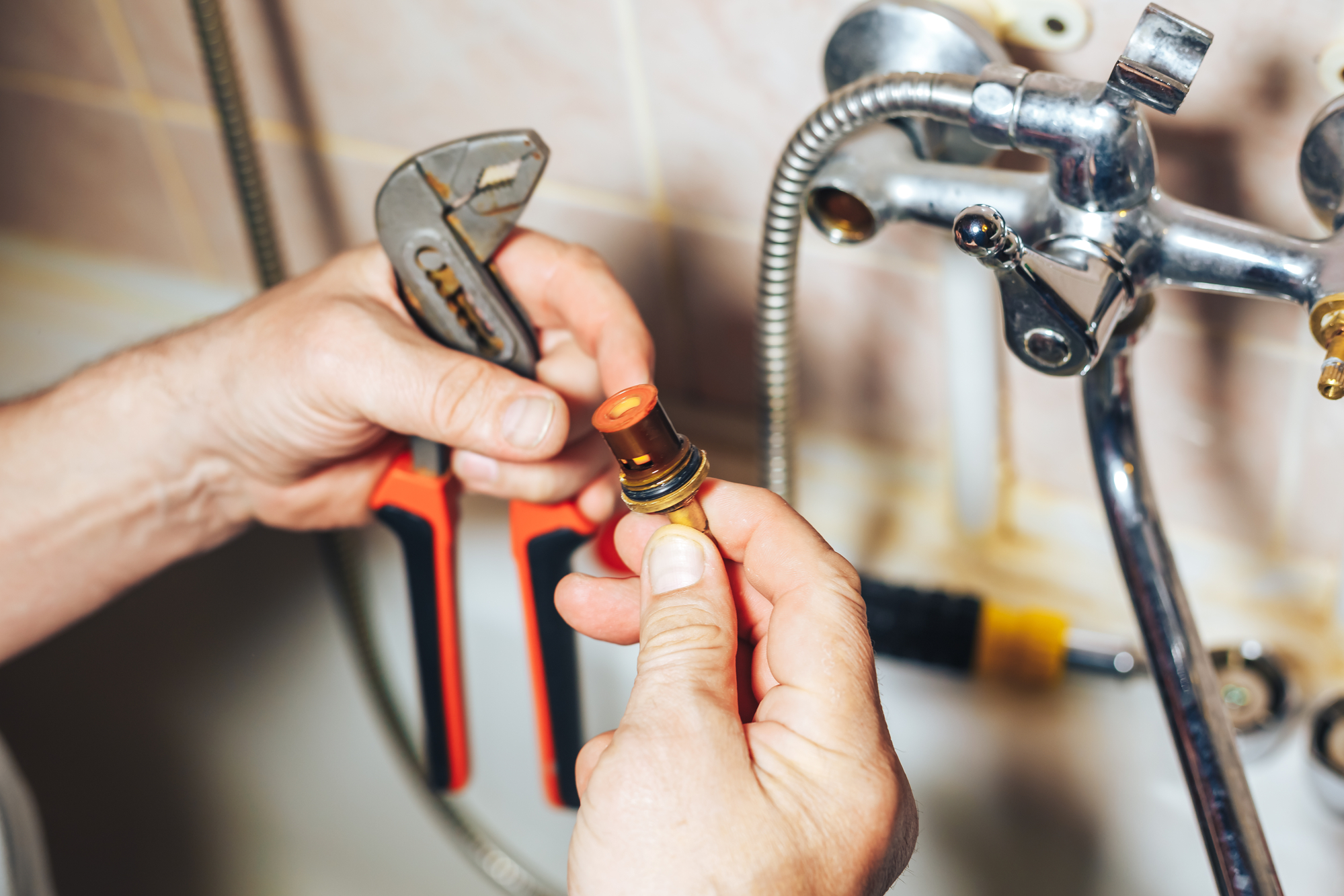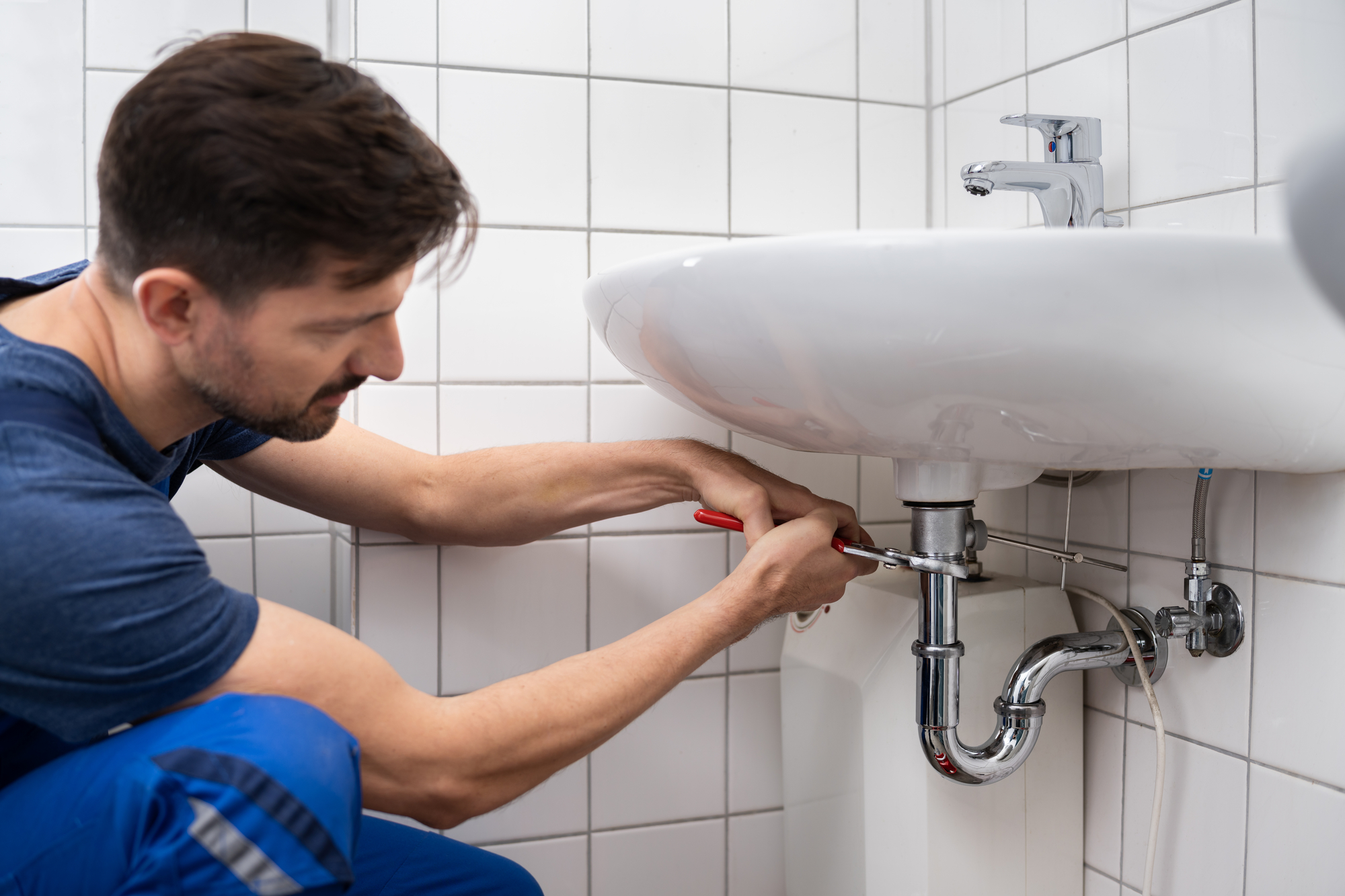The evolution in the world of plumbing technologies isn’t limited only to domestic piping and sewage systems. The advancements in irrigation plumbing, particularly drip irrigation systems, are revolutionizing the green industry and providing countless benefits to homeowners and commercial landscapers alike. Today, we’re delving into the depths of drip irrigation systems, demystifying its components, and introducing you to the best practices of using this efficient water management tool.
What is Drip Irrigation?
At its simplest, drip irrigation is a method of watering your plants that allows water to drip slowly to the roots. It’s a highly efficient system that conserves water and nutrients by taking them directly to the root zone. Drip irrigation can be customized, making it excellent for diverse landscapes, including home gardens, farms, or commercial landscaping.
Components of a Drip Irrigation System
A typical drip irrigation system comprises several components, including a water source, a backflow preventer, a pressure regulator, a filter, a distribution tubing, emitters, and the drip tubing or tape.

Benefits of Drip Irrigation Systems
Drip irrigation systems are efficient water-savers, reducing water usage by 30-70% as compared to traditional means. Besides this, they also prevent soil erosion, minimize weed growth, and pave the way for healthier and better-yielding plants due to directed watering.
Steps to Install a Drip Irrigation System
1. First, determine the water needs of your plants and the layout of your landscape.
2. Select an appropriate water source and install a backflow preventer to prevent contamination.
3. Install a pressure regulator to control the water flow.
4. Fix a filter to keep debris and other foreign particles from clogging your system.
5. Lay out the distribution tubing based on your landscape design and affix the necessary emitters.
6. Finally, install the drip tubing or tape that suits your purpose best.

Maintaining Your Drip Irrigation System
Maintenance is fundamental to ensure your drip irrigation system functions optimally and withstands time. Regularly cleaning filters, checking pressure regulator performance, and inspecting for leaks or clogs are vital tasks. An annual system flush and periodic scaling and rust removal will also benefit the system’s lifespan.
Latest Trends in Drip Irrigation
There are numerous innovative products aligning with the green trend, such as solar-powered timers and weather-based smart controllers. These contribute to the optimization of water usage in the drip irrigation systems, contributing substantially to the eco-friendly nature of this watering solution.
Accessibility of Plumbing Service Providers
For homeowners new to DIY projects or those averse to elaborate setups, professional plumbers specializing in installing and maintaining drip irrigation systems are just a call away. Certified plumbing services, like ours, offer expertise in drip irrigation system designs customized to your landscaping needs, provide professional installation, and ensure regular maintenance for system longevity.
By boosting your awareness of the intricacies of drip irrigation systems, we trust this article empowers you to make informed decisions while seeking value for your money and nurturing your green thumb. Remember that drip irrigation isn’t only an investment for your landscape but also a vital step towards sustainable living.






